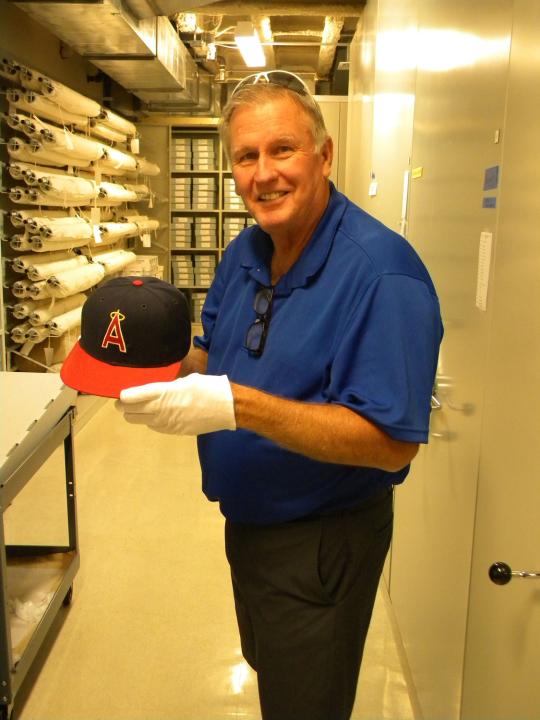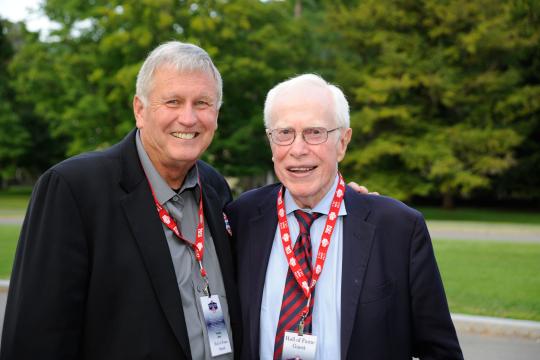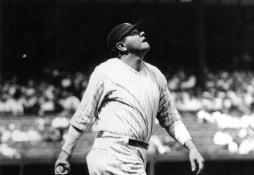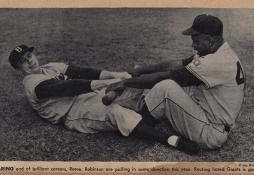... the fans here talk about, ‘Do you remember when …?’ That’s baseball. To me baseball is ‘Do you remember when …?’ And that’s why the Hall of Fame here is outstanding because it’s entirely ‘Do you remember when …?
- Home
- Our Stories
- Tommy John visits Hall of Fame
Tommy John visits Hall of Fame
He won almost 290 big league games, but Tommy John will forever most famous for something off the field: The surgery that now bears his name.
While in Cooperstown recently to attend a medical event, however, the longtime left-handed hurler made time to revisit his mound exploits at the National Baseball Hall of Fame and Museum.
“Being here brings back memories. I saw the day-by-day records of my 1977 pitching, and I had a spell there where I was 12-1, and I didn’t realize I had pitched that well,” said the 72-year-old John soon after touring the Cooperstown baseball institution on Sept. 12. “And the fans here talk about, ‘Do you remember when …?’ That’s baseball. To me baseball is ‘Do you remember when …?’ And that’s why the Hall of Fame here is outstanding because it’s entirely ‘Do you remember when …?’”
John’s tour included seeing his California Angels cap worn during his 250th career victory, on May 1, 1984, beating the Oakland Athletics, 4-1, at Anaheim, and a Yankee home uniform shirt worn during the 1981 season.
The southpaw hurler was in the area to attend the Cooperstown Shoulder and Elbow Symposium, put on by Bassett Medical Center and held at The Otesaga Resort Hotel. John, a guest presenter, was joined by his son, Tommy John III, for a talk entitled “Arm Health: Injury Prevention and Rehab in Throwers.”
The groundball pitcher famously tore a ligament in his left elbow and missed the entire 1975 season due to the ligament replacement surgery performed by Dodgers team surgeon Dr. Frank Jobe. In John’s case, the revolutionary surgery replaced his left elbow ligament with a ligament taken from his right forearm.
“My whole thing about Tommy John surgery is you can’t rush it,” John explained. “And I think that’s what happens to these kids. They want to get out there in nine months, 10 months, but I ask them what difference does it make if you are back in 12 months or 15 months or 18 months? The whole thing is when you come back you don’t go down again. And you pitch for as long as your ability will let you pitch. But if you come back early you may have to have the surgery a second or third time.”
John, a four-time All-Star, finished his impressive 26-year big league career in 1989, split mostly between the White Sox, Dodgers and Yankees, with a 288-231 record, which included three 20-win seasons and 17 seasons with at least 10 wins, and 700 games started. He was 31 years old when he severely injured his elbow in 1974, but came back to get 164 of his 288 career wins after the surgery and pitched to the age of 46.
The Hall of Fame honored Dr. Jobe during its 2013 Induction Weekend, an event in which his most famous patient, John, attended.
“They told me I had four minutes to introduce Dr. Jobe and I said I can’t get my name out in four minutes,” John joked. “But I firmly believe this, that there are three men that changed the face of baseball as we know it: Babe Ruth, Marvin Miller and Dr. Frank Jobe. Baseball will forever be changed because of those three men.”
My whole thing about Tommy John surgery is you can’t rush it. And I think that’s what happens to these kids. They want to get out there in nine months, 10 months, but I ask them what difference does it make if you are back in 12 months or 15 months or 18 months? The whole thing is when you come back you don’t go down again. And you pitch for as long as your ability will let you pitch. But if you come back early you may have to have the surgery a second or third time.
But what are John’s thoughts about being forever linked to a medical procedure and having his baseball accomplishments possibly overshadowed?
“I think a lot of people think of me as the surgeon,” John said with a laugh. “I’m honored, seriously, that this surgery changed the face of baseball as we know it. I’m honored to have my name put on it. A lot of people think it should be called Frank Jobe surgery, but Dr. Jobe said, ‘No, I just did the surgery. He did all the rest.’
“When I had the surgery he told me, ‘I can do only 30-40 percent of this. The rest of it is up to you.’ And he said, ‘People think I’m a great surgeon. Truth be known, I’m an average surgeon. I just have outstanding patients.’ He had all these athletes that he operated on that need to get back on the field, so we rehab much better than a banker or a school teacher does. He said the whole thing about orthopedic surgery is rehab, rehab, rehab.”
As for his own chances of one day having a bronze plaque in Cooperstown, John’s final year on the Baseball Writers’ Association of America ballot came in 2009 when he received 31.7 percent of the vote. If he is to be honored, it would be through the current Expansion Era Committee procedure.
“I only worry about things that I can control. I can’t control it. If I could I would. If getting into the Hall of Fame would make me a better golfer, I’d be campaigning the heck out of this,” John said. “I’m going to be Tommy John from Terre Haute, Ind., and if I get into the Hall of Fame I’m going to be Tommy John, Hall of Fame pitcher, from Terra Haute, Ind., Being elected to the Hall of Fame would be a huge honor because when you start to play ball, this is the epitome.”
Bill Francis is a Library Associate at the National Baseball Hall of Fame and Museum
Support the Hall of Fame
Related Stories
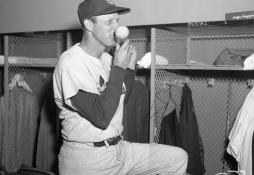
Musial passes Speaker on all-time hits list
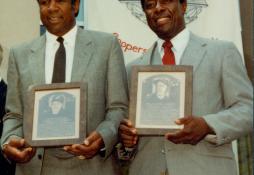
Aaron, Robinson elected to Hall of Fame
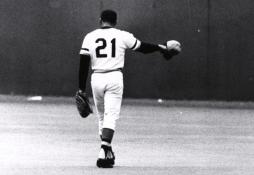
Recalling Roberto

#CardCorner: 1971 Topps Richie Scheinblum
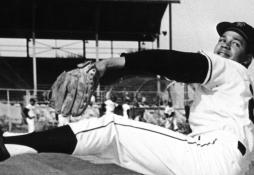
Hall of Fame Matchup

When Baseball Stepped to the Plate for Finns

Dodgers sell Snider to Mets

After 65 Years, A Joltin' Discovery at the Hall of Fame
Treasures from Cooperstown Coming to Capital Region for Tri-City ValleyCats Game on Wednesday
01.01.2023

